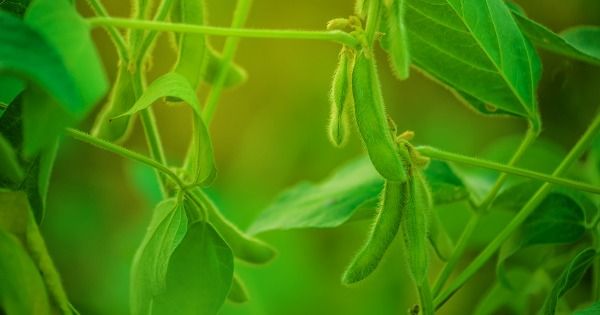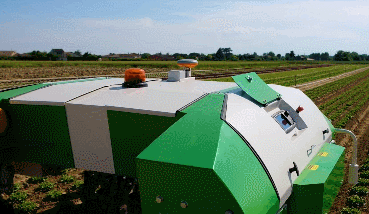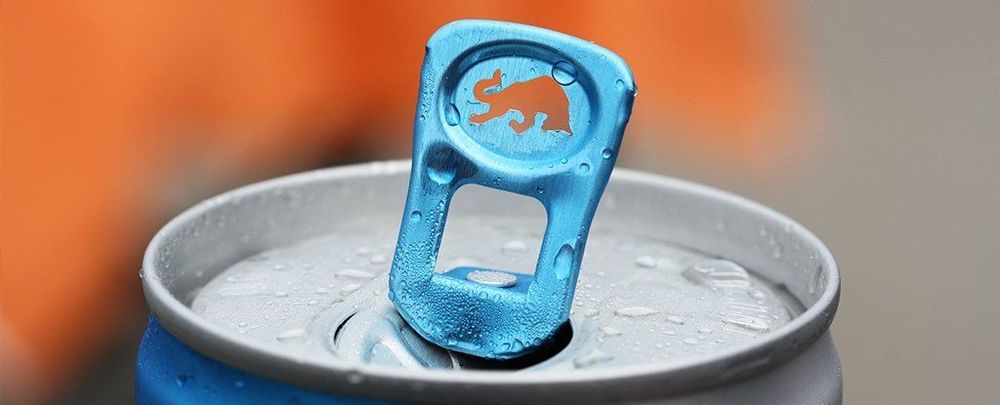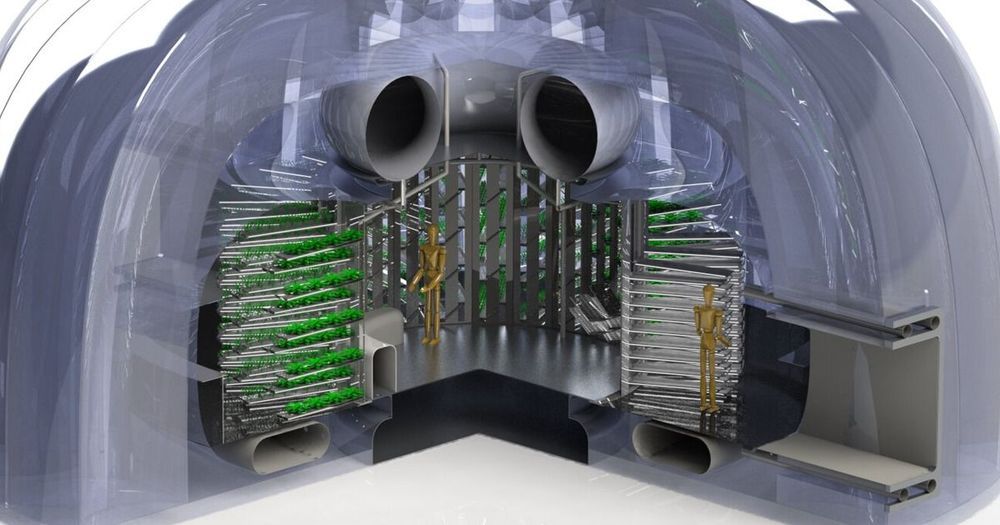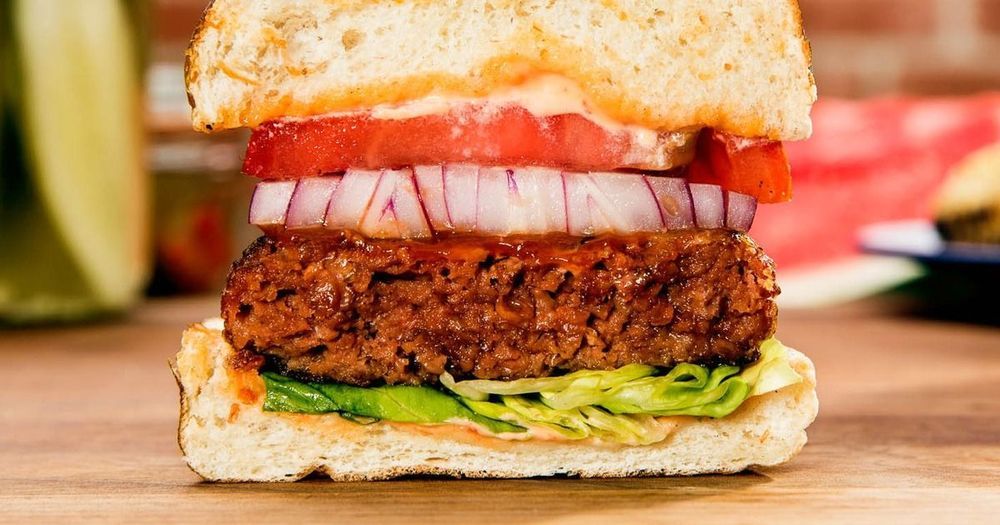Apr 29, 2019
New approach could lead to a lifetime flu vaccine
Posted by Quinn Sena in categories: biotech/medical, food
If the virus that causes flu were an ice cream cone, then the yearly vaccine teaches the immune system to recognize just the scoop – chocolate one year, strawberry the next. As the virus changes each year, so too must the vaccine.
A new approach that teaches the body to recognize the cone portion of the virus – which stays the same year-to-year – could shake up that yearly vaccination ritual and protect people against pandemic flu like the one that killed 40 to 50 million people in 1918. The team working on this new approach, led by Stanford biochemist Peter Kim, has shown early signs that their technique works in lab animals. They warn that they still need to make their vaccine more specific and show it works in much larger studies before testing it in people.
“We think it could be very generalizable,” said Kim, who is the Virginia and D.K. Ludwig professor of biochemistry and the lead investigator of the infectious disease initiative at the Chan Zuckerberg Biohub. “It could be important for coming up with a universal flu vaccine that would protect against pandemic flu, as well as for HIV.”
Continue reading “New approach could lead to a lifetime flu vaccine” »

